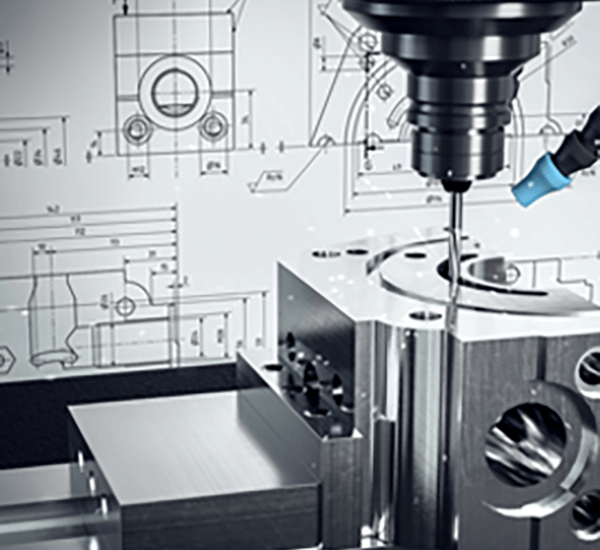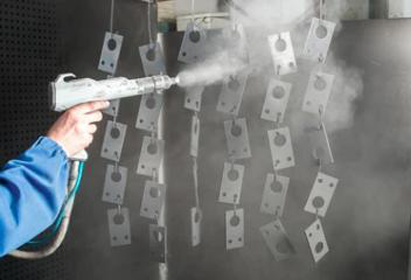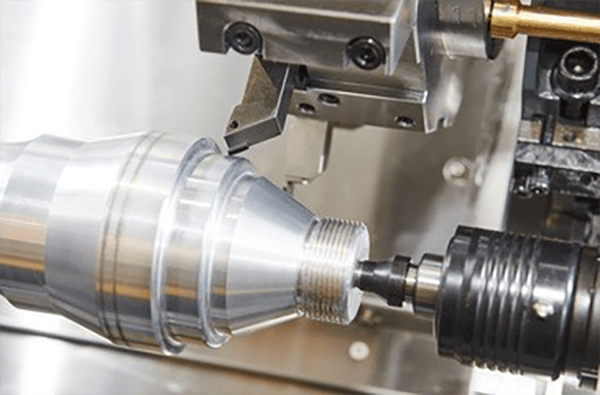
Securing exact surface quality on a machined component is vital.
- Surface finish callouts in engineering drawings provide the exact specifications for the finish of a part
- Many specifications reference Ra, an average roughness metric, for surface measurement
- Appreciating callout details is key to ensuring product functionality
- Prescribed surface characteristics govern lubrication, abrasion, and longevity
- Correctly reading the finish notation is necessary to attain the intended result
Precision Principles of CNC Machining

CNC machining is a transformative approach within manufacturing by leveraging computer-aided programs machines execute intricate designs with remarkable accuracy.
- CNC systems permit manufacture of precise components from diverse substrates
- CNC’s flexible capabilities match requirements of aerospace and automotive fields
- Computerized machining yields consistent replication of parts in series production
Across development to broad production CNC machining contributes fundamentally to manufacturing innovation
Comprehending CNC Machine Specifications
Making sense of CNC specs can seem confusing on first pass
Still a modest foundation of know-how combined with structure allows navigating specs
Begin by identifying the key parameters such as spindle speed feed rate accuracy work envelope and controller type
Each metric impacts the machine’s aggregate capability.
Example: increased spindle revolutions aid soft materials; accelerated feed raises production.
Seeing these associations aids in selecting the correct machine for your use
Ensure you peruse vendor documentation exhaustively.
Supplier manuals often give critical context and define technical language
CNC Machinery: An Exhaustive Guide
CNC systems refer to programmed machine tools for accurate automated part production across materials They accept digital G-code to steer tools and control machining actions.
- Some types of CNC machines include milling machines lathes routers and plasma cutters
- Processes are adaptable to metals, polymers, timber, and composite materials
- Also CNC equipment offers quick turn prototyping and low-volume runs for innovators and labs
Understanding CNC Machinery
They manifest coupling of mechanical fidelity and complex software governance CNC platforms apply programming to fabricate both basic components and complex assemblies The central concept is rendering digital designs as physical parts.
- Numerical control manufacturing
- Code-driven production workflow
It uses accurate motion sequences commanded by the controller Engineers contribute by setting machining variables, overseeing runs, and assuring product standards.
Impact of Surface Finish on CNC Machining
Attaining target texture in CNC processes is critical It shapes both functional outcomes and outward appearance The type of material being machined the cutting parameters used and the post-processing operations all contribute to the achieved surface texture.
High-quality surfaces strengthen durability while rough textures may reduce efficacy Machine-controlled fabrication offers many methods and cutters to achieve set surface qualities.
- Such as employing varied cutter geometries |ceramic cutters|speed settings to obtain particular finish
- In addition buffing, grinding, and sanding may be applied to upgrade finishes
Understanding the relationship between machining parameters and surface finish is essential for achieving optimal results in CNC machining operations.
CNC Machine Basics: From Operation to Applications
This precise method uses computer-guided machinery to sculpt components from diverse substrates They adhere to programmed code to reproduce complex geometries with repeatable accuracy Basic knowledge of machine operation, G-code, and tooling selection plays a vital role in success
CNC serves diverse fields including aerospace, automotive, manufacturing, and electronics From turbine components to precision mold cores, CNC supports manufacture of complex parts
Callouts and Surface Roughness for CNC Parts
Precise surface specification proves essential in CNC machining It verifies compliance with intended functional and aesthetic goals Surface finish callouts are typically represented using the system known as the Surface Roughness Ra This numerical value expressed in micrometers inches or millimeters indicates the average height of surface irregularities.
When specifying a surface finish callout consider both the required level of smoothness and the intended application of the part

In practice smoother finishes help where exact fits and close tolerances are essential
Alternatively textured surfaces may aid applications needing traction or increased friction
Provide specific finish callouts in engineering drawings to communicate texture needs State the Ra figure and any extra machining or finishing instructions required.
Bear in mind accurate finish callouts drive better manufacturing results
Kinds of CNC Machines and Their Strengths
CNC machining spans many technologies and machine classes to address different operational needs They work with CAD/CAM programs to command cutters and deliver accurate component fabrication.
- Milling machines are renowned for their ability to remove material from a workpiece shaping it into complex geometries
- Routers carve wood composite and plastics into detailed shapes and profiles
- Waterjet cutters use high-pressure abrasive streams to cut diverse materials without thermal effects
Equipment choice hinges on material, design intricacy, and precision requirements Varied CNC functionalities equip manufacturers in industries from automotive to aerospace.
Obtaining High-Quality Surface Finish with CNC
Achieving a superior surface finish is crucial in numerous manufacturing processes and CNC machining offers an exceptional method for achieving this goal Through careful tuning of feeds speeds and tool profiles operators manage chip formation and surface generation Plus durable cutting materials and appropriate coolant control boost finish quality Through careful selection of cutting strategies and meticulous machine setup CNC machining enables the creation of components with exceptional surface quality for diverse applications.
Programming Strategies for Surface Finish
Tuning code to influence finish plays a central role in meeting quality aims Feed, spindle settings, and cutter design are major drivers of the final surface condition Precise setting selection and effective coolant control support high-quality finishes.
- Continuous tool maintenance and oversight preserve high finish consistency Moreover scheduled tool maintenance and inspection preserve surface performance Plus regular inspection and maintenance of tools copyright finishing standards
- To enhance finish consider workpiece material, roughness targets and use case
- Path simulation offers insights to adjust cutting settings and reduce defects
- Besides that systematic tool upkeep and monitoring ensure sustained surface quality
